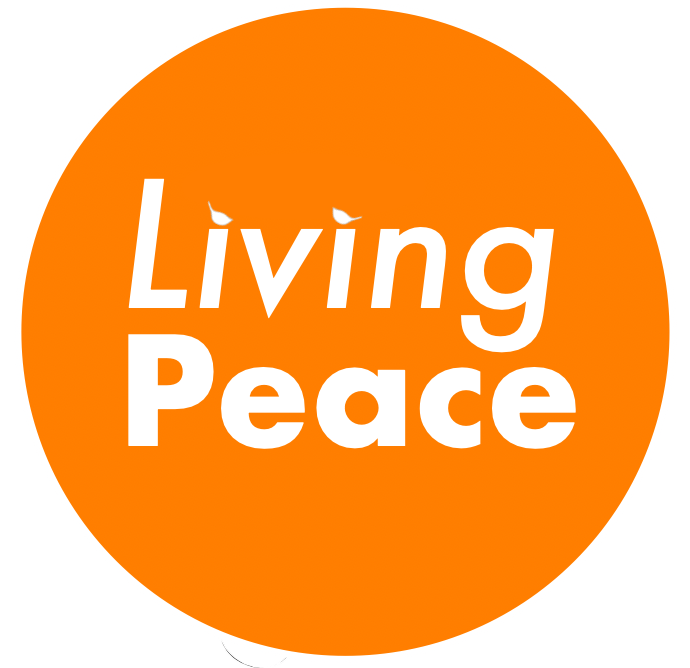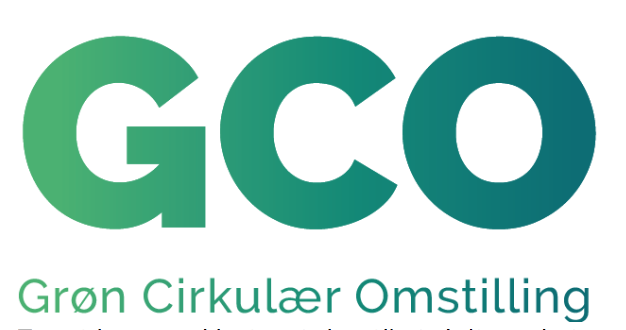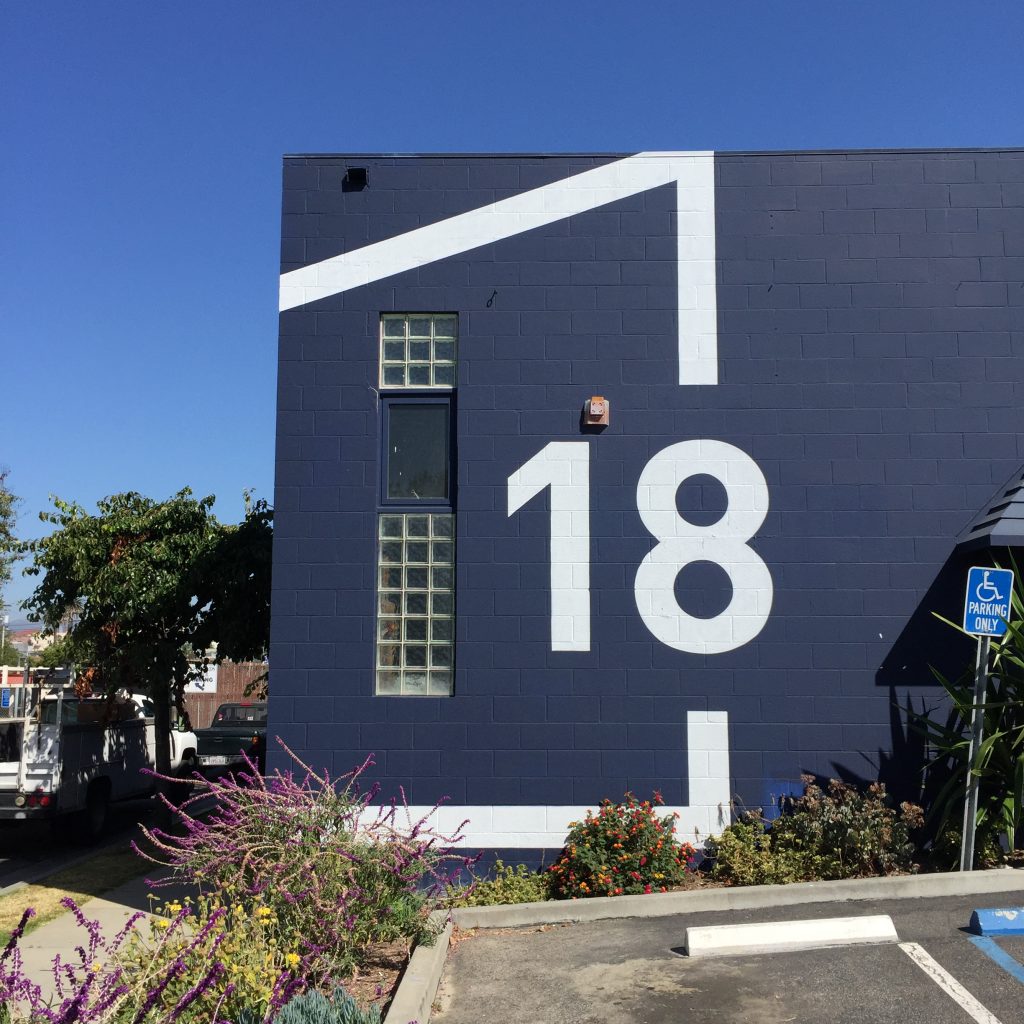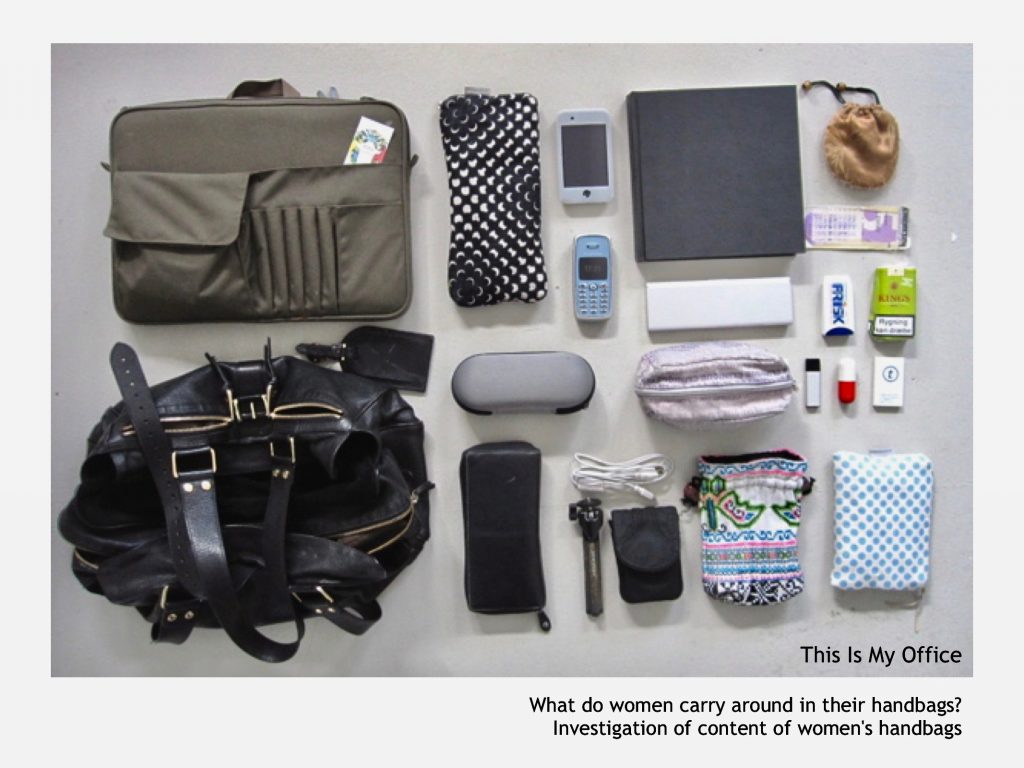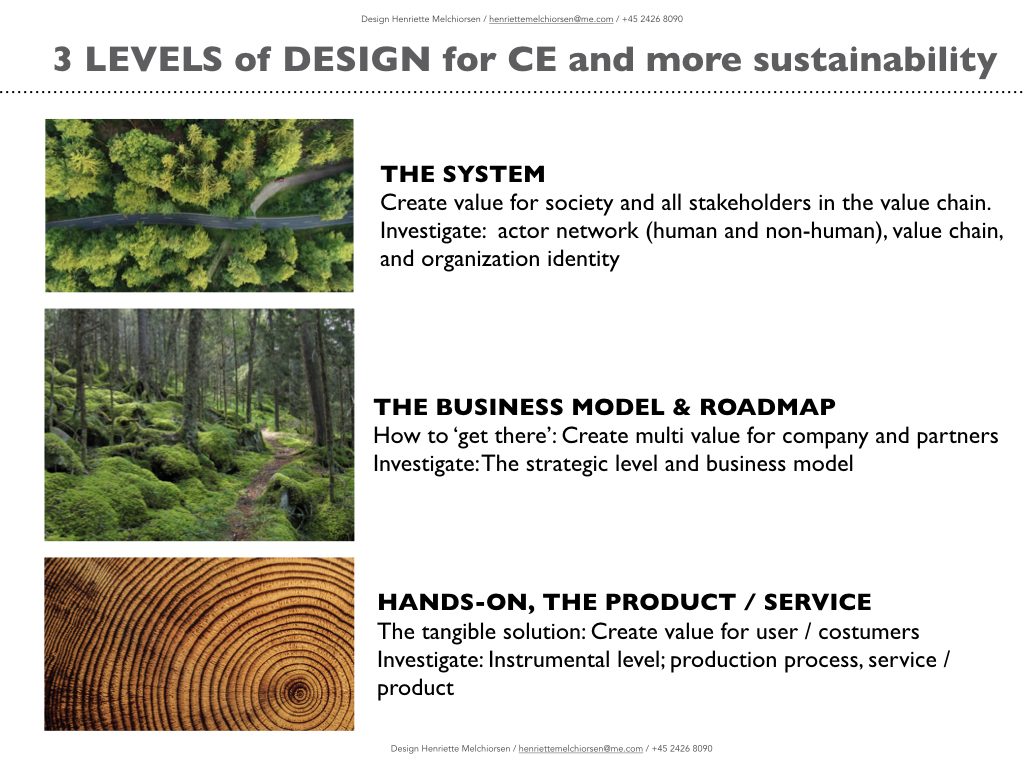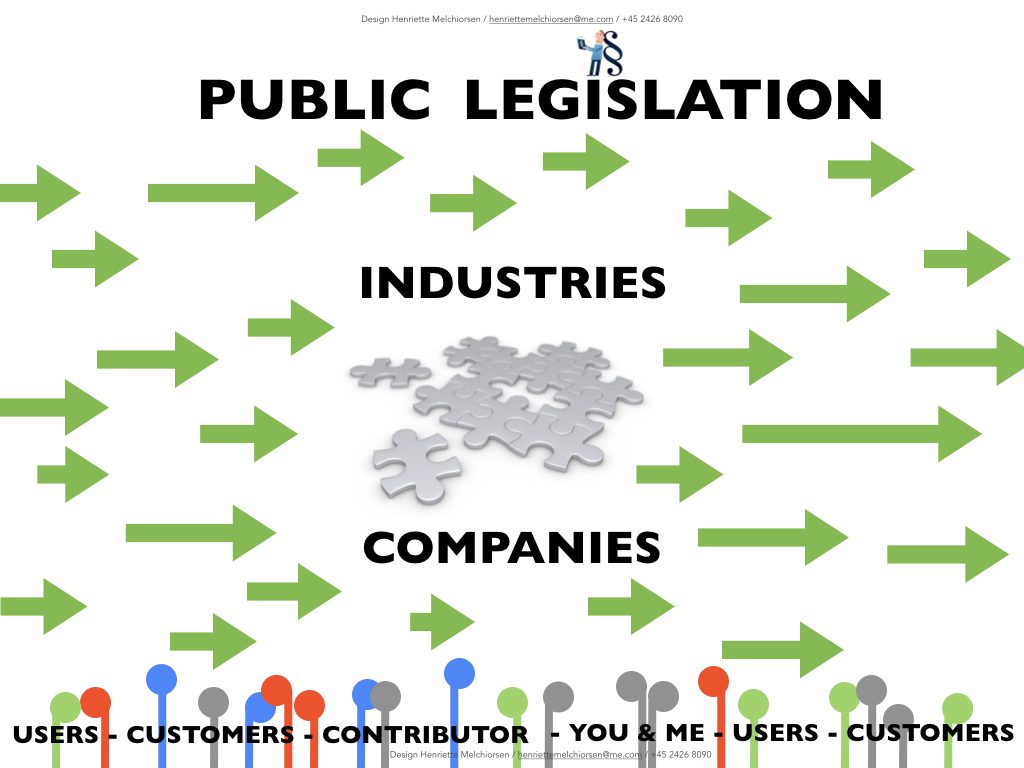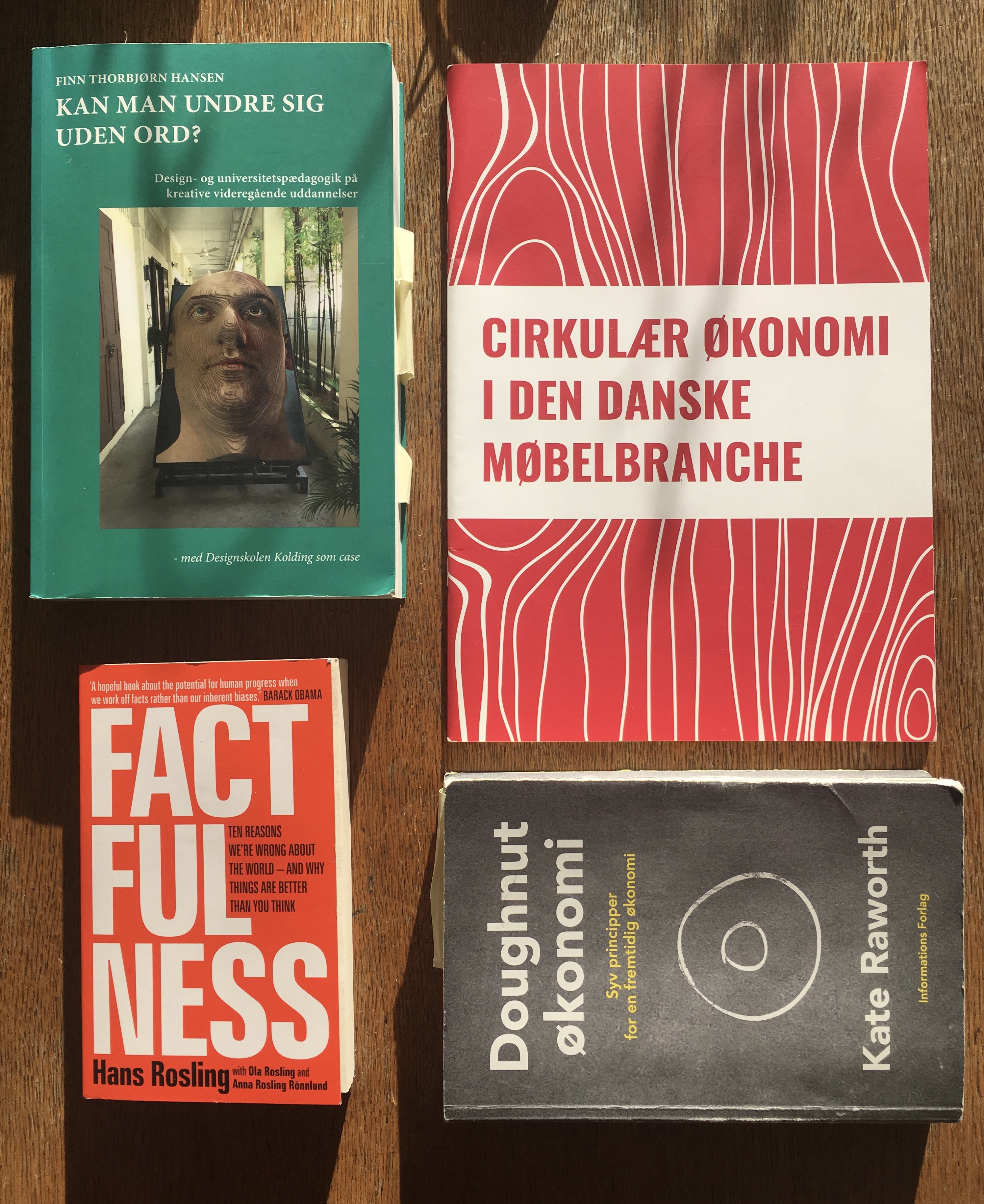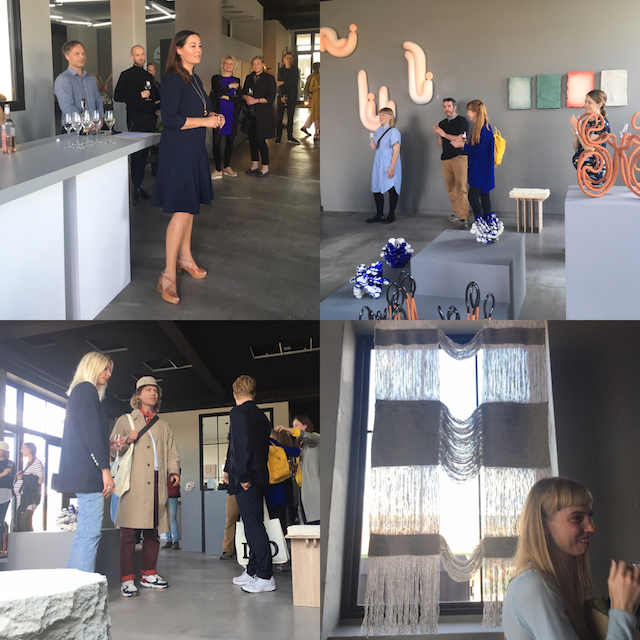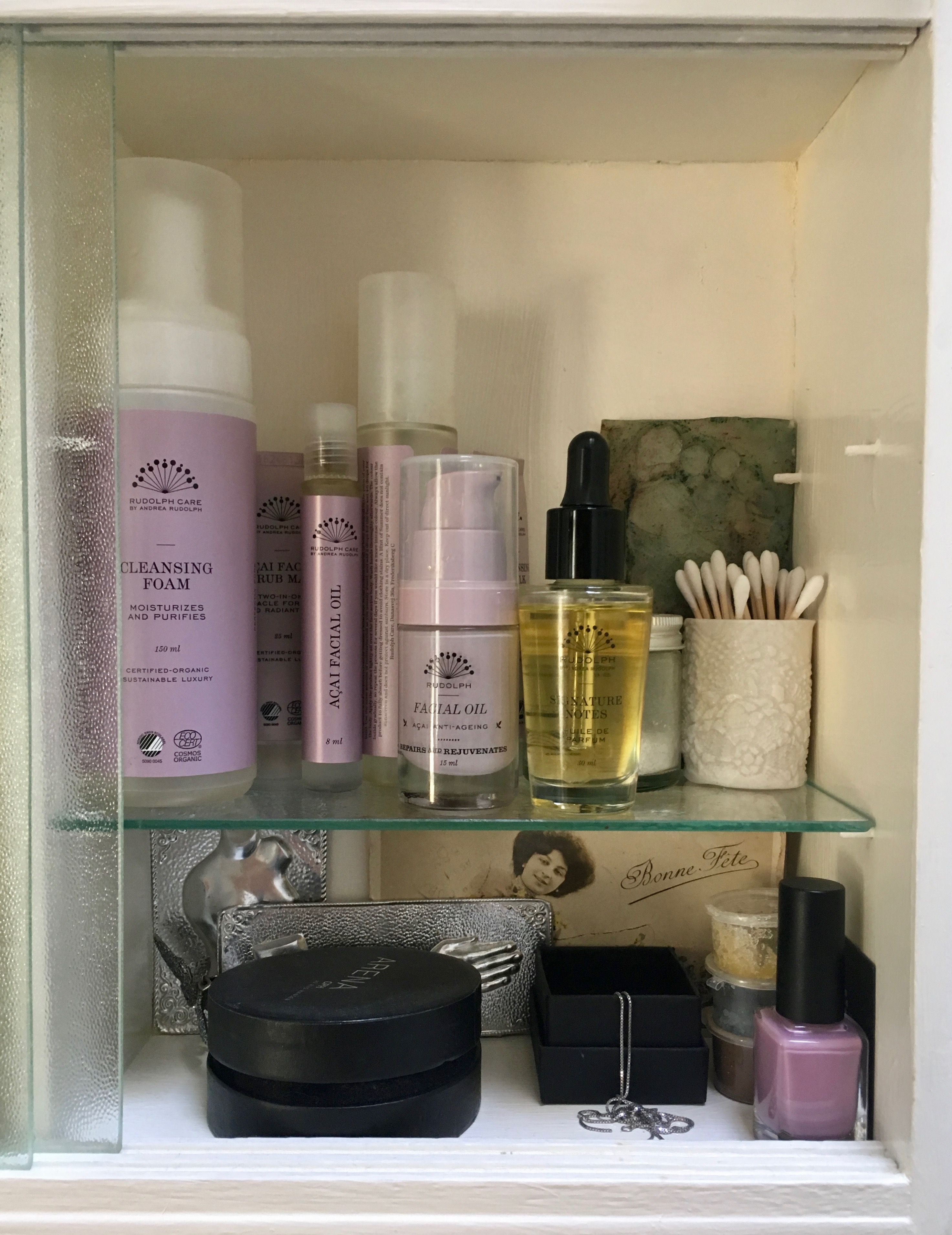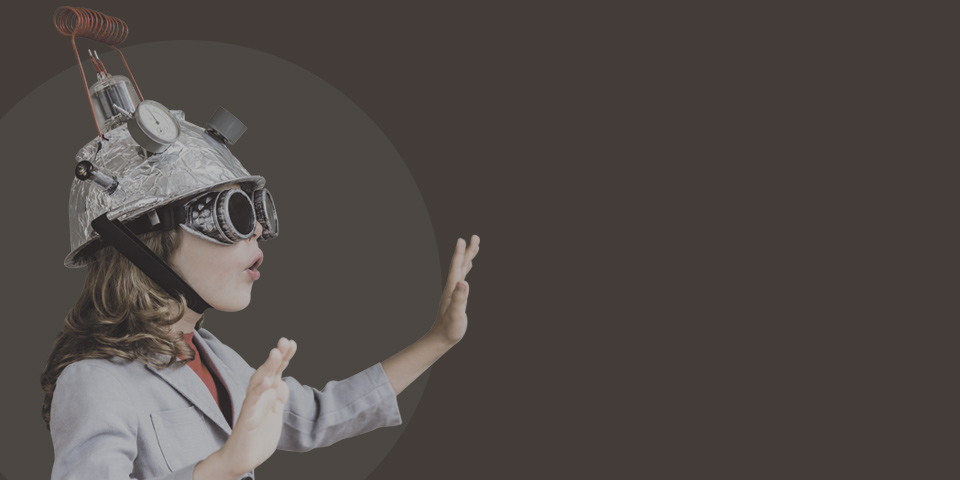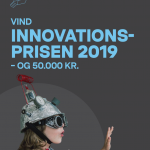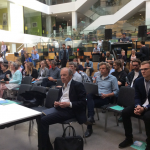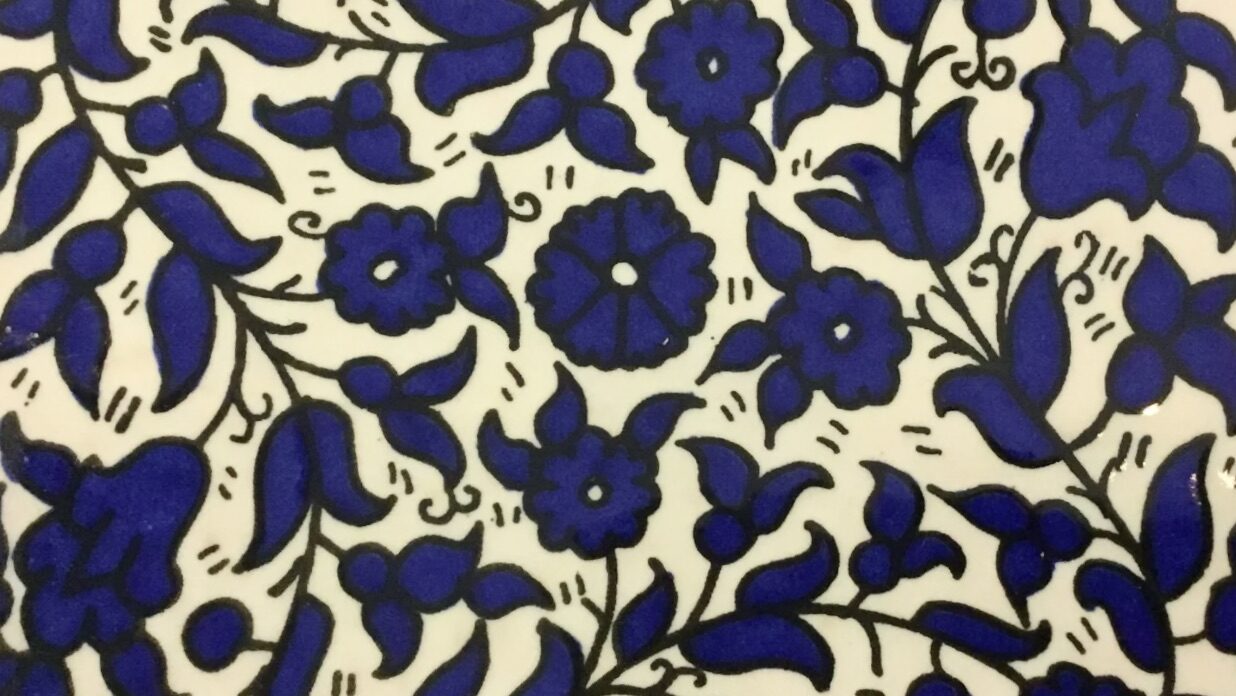
In the beginning of summer 2024 I was contaced by Betlehem Fair Trade Artisans, (BFTA) about an assignment they needed a designer for. When I heard it was a cooperation between BFTA, a Palestinian NGO I already know – and Sindyanna of Galilee, an Israeli non-profit organization led by a team of Arab and Jewish women working to create social change – I immediately accepted. This is all I long to use my designerly skill for. My summer was set.
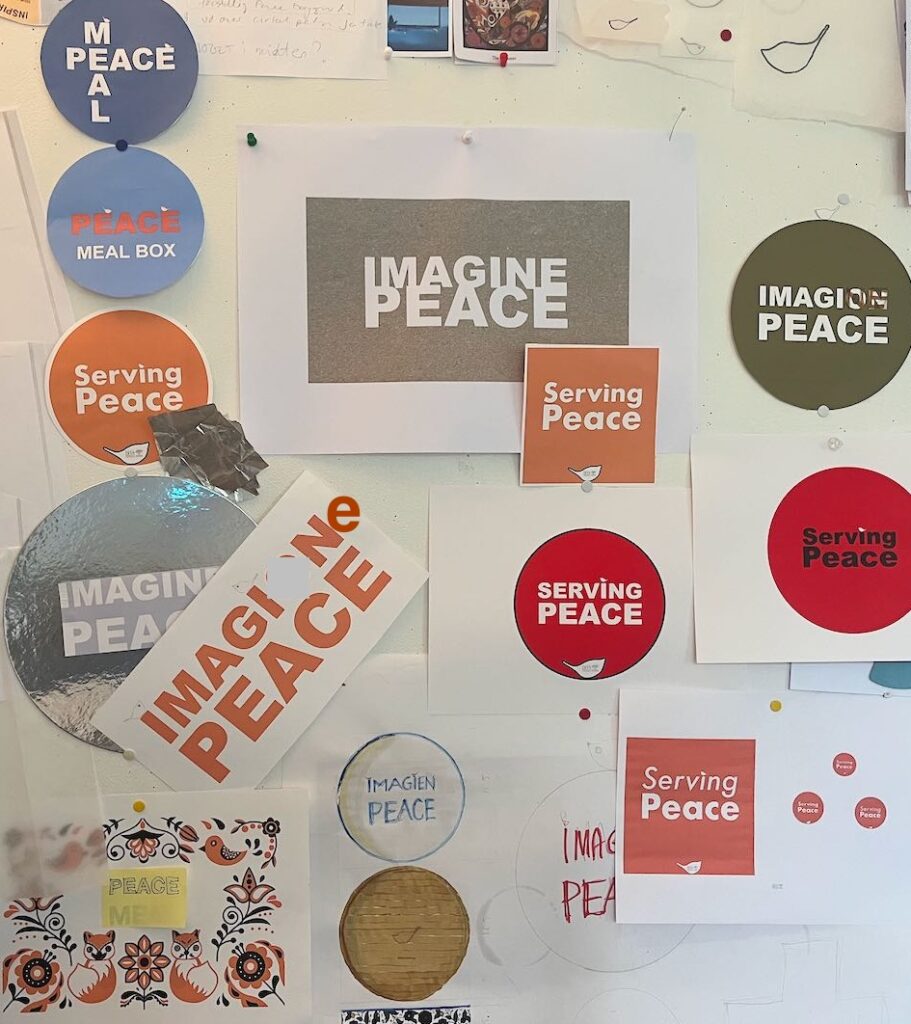
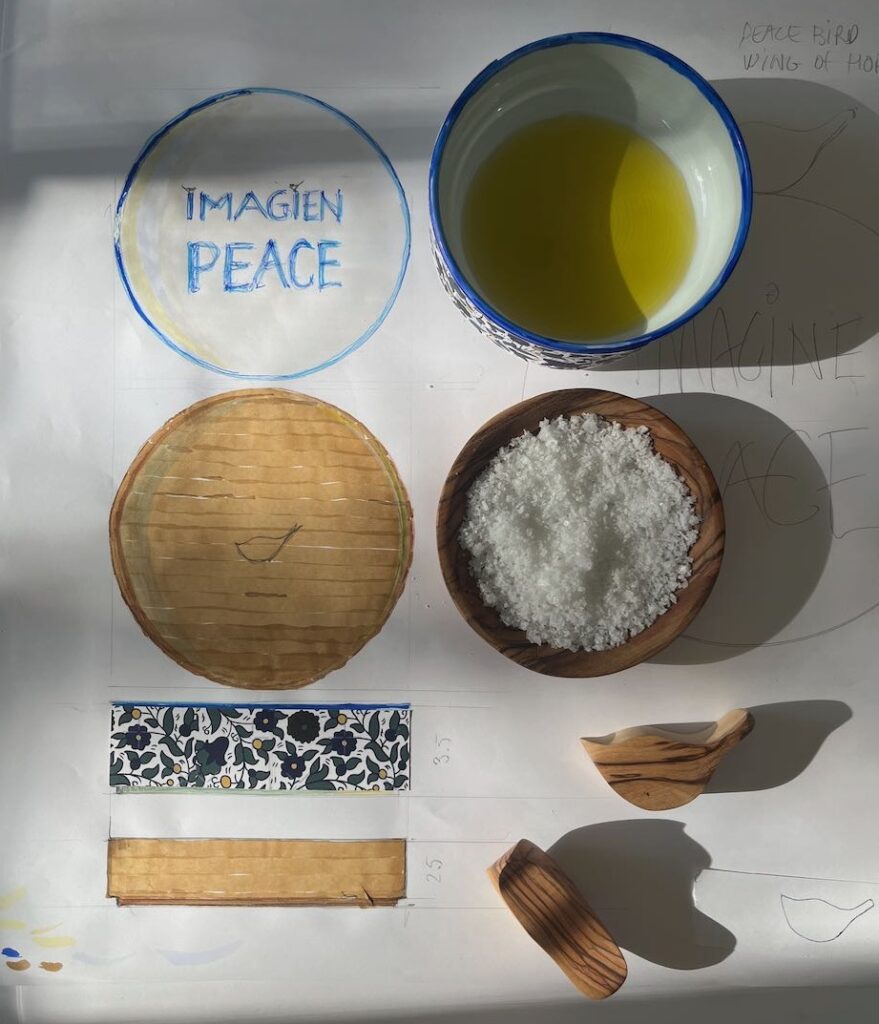
The aim and purpose of the project was to develop a peace project. I had to workout a concept that could combine products from the two partners and also I had to design the products and the visuel profile following the concept. At our very first meeting I sugessted to build the concept around food and sharing a meal. Both partners like this starting point and this idea stayed with us and eventually became the Living Peace Meal Box. The box contains a Table Tower with two small stacking dishes, one of olive wood and one made of ceramic. The production of the dishes are to be organized by BFTA and made by artisans in the West Bank. To put into the dishes are the excellent Olive Oil and Za’atar produced by Sinydanna in North Israel. Also inside the gift box we decide to put the Balancing Peace Bird, that was already designed by FairTrade Designers in an earlier cooperation with BFTA. To emphasize the main purpose with the meal and to help participants have a meaningful and maybe hard conversation we also developed a written document, the Peace Conversations Menu. This is inspired by Samtalesaloner the result of work done by Nadja Pass og Andreas Lloyd in their citizen laboratory – Samfundslaboratoriet Borgerlyst.
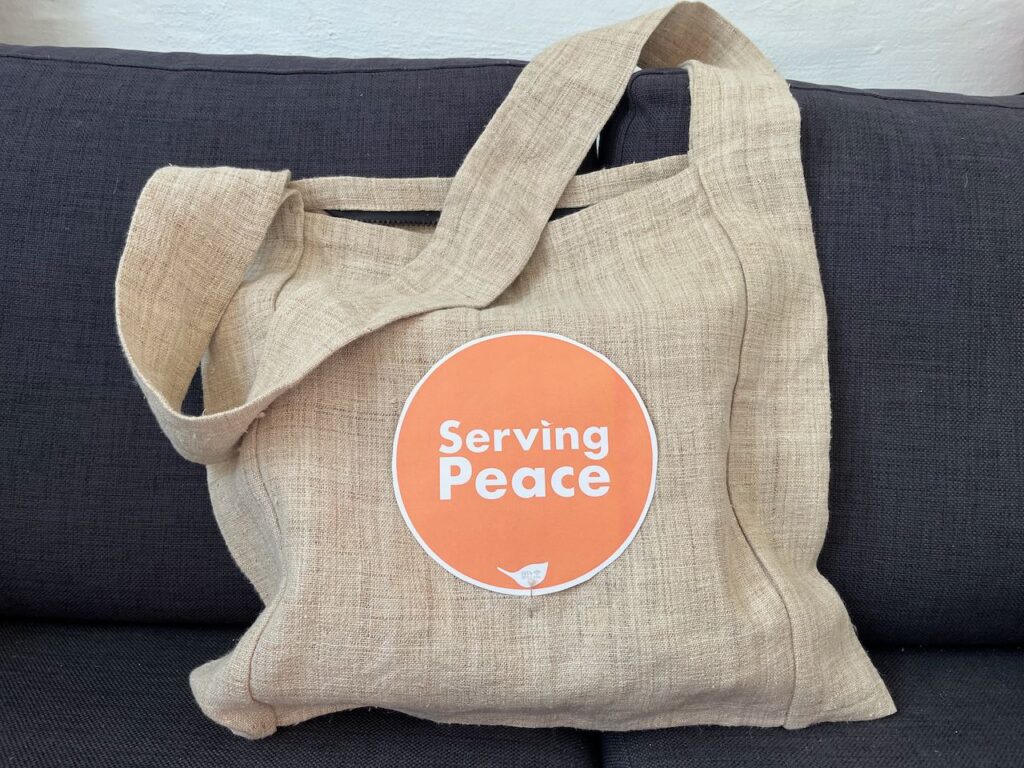

The Living Peace Meal Box contains the start of a meal – the receiver and the participant are to complete the meal and make the rest of the food. The meal box is in itself ‘an invitation’ to ask friends or even somebody whom you like to reconcile with – to share a meal. The small dishes and the oil and za’ater is to start the meal, you should add food of your taste and meet up to break bread and start the Peace Conversation.

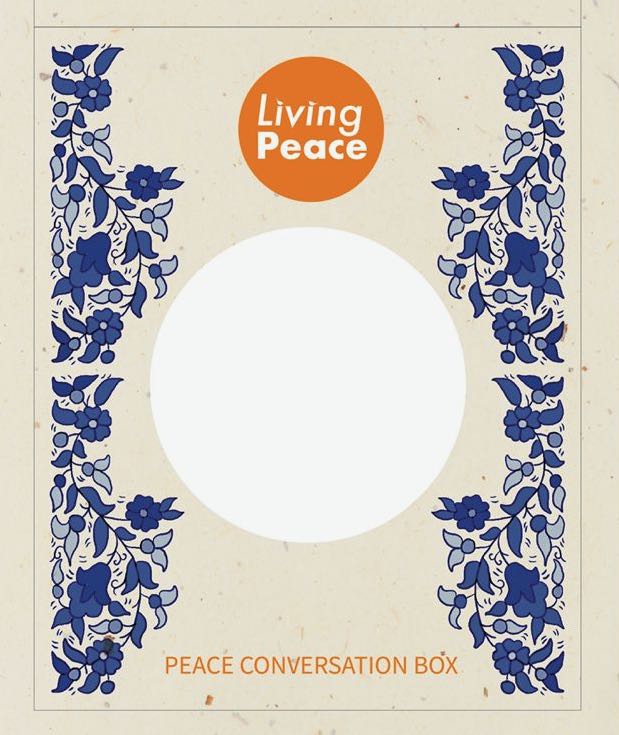
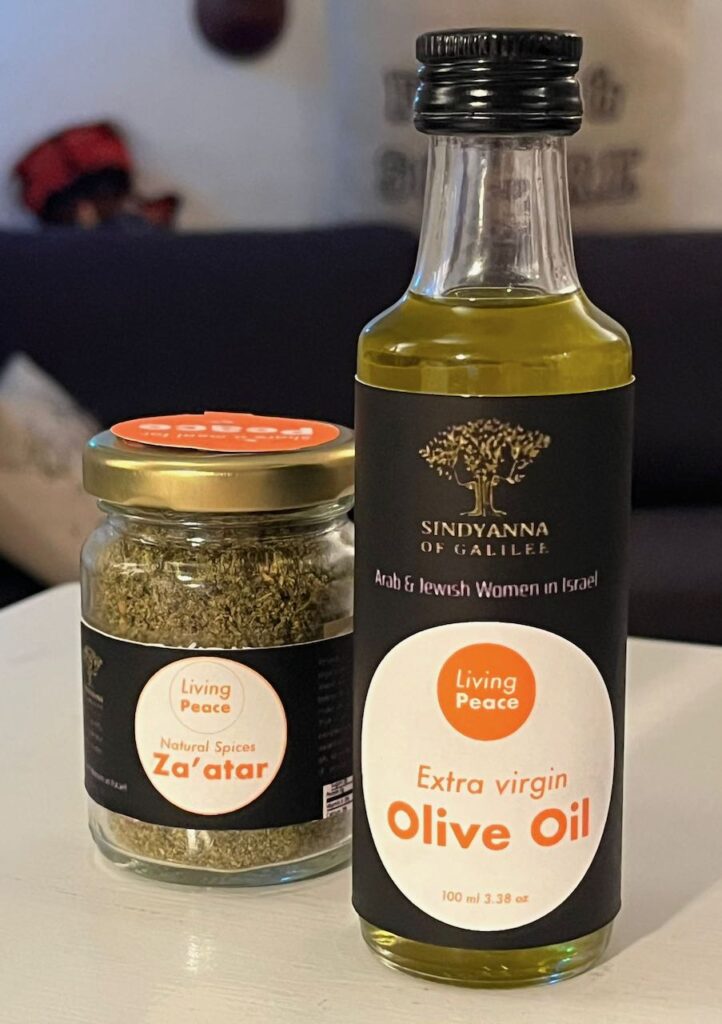
The geo political state of the world urges us to have these hard conversations – and to opt-out war. It approach might seem naive to some, to me it is more naive to go into war. Because it brings no solutions, only more hate, revanche and the ongoing dead and destruction. It has to stop now and be replaces with each of us daring to invite to brake bread and start forgiving, reconciliation and build up a new real trust.
